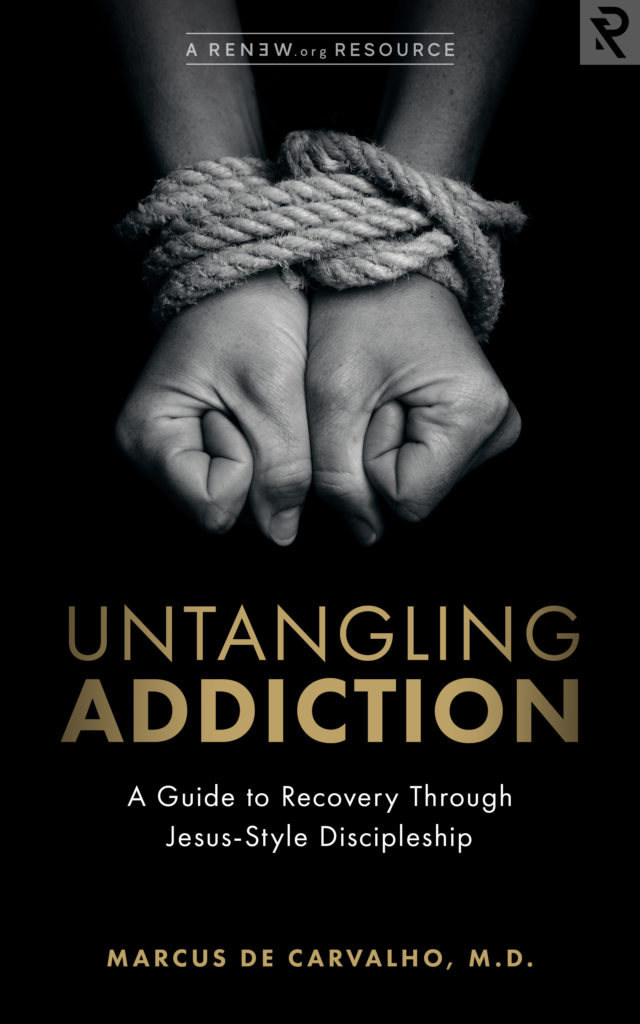
Youth Suicide Prevention: Dos and Don’ts
Most of the crisis intervention experts will maintain that in approximately 80% of all suicide attempts, the person who took their life gave definite, identifiable clues as to their intention. With this insight, youth workers can take a significant step towards suicide prevention by learning the warning signs.
The concerned youth worker needs to be cautioned, however, that the presence of a single sign may mean very little. But, if there are a number of indicators in a teen’s life, this cluster of clues should be given the proper attention and appropriate measures taken.
Cluster of Clues
- Any suicidogenic situation – any situation which may be considered “traumatic”
- Sudden changes in behavior – either listless or reckless
- Giving away prized possessions
- Withdrawal from family or friends
- Drugs or alcohol abuse
- Unusual neglect of appearance
- Radical personality change
- Preoccupation with themes on death
- Unexplained or unusually severe, violent, or rebellious behavior
- Running away
- Tends to dwell on problems
- Does not want to converse
- Hidden or veiled statements hinting at suicide – verbal clues
- Conversation centers continuously on withdrawing, quitting, and hopelessness or has a tone of despair
- Previous attempt
- Noticeable change in eating or sleeping habits
- Persistent boredom
- Exaggerated and/or extended apathy
- Attempts to secure means
- A history of depression
- A history of being abused as a child
- Inability to tolerate frustration
- Making a will
- Feelings of being unwanted
- Inability to communicate
- Writing a suicide note
- Mental illness
- Identifies with the LGBT community
- High expectations—a perfectionist
- Anyone suffering acute & chronic stress
The youth pastor must be aware of the signs of a young person who is at risk for suicide and be willing to intervene. You must get involved, show interest, and support in the young person, and be available to help. You must be willing to listen and allow for the expression of intense emotions. Be nonjudgmental of what the teenager shares with you and don’t act shocked because this only creates distance. Don’t allow yourself to be sworn to secrecy or make promises that you cannot keep.
Most of all, you must take action. The practical steps that you must take to prevent a suicide are presented in the next section. Learn them. Memorize them. Use them.
Guidelines for Suicide Intervention
Talking to a young person about their suicidal thoughts and feelings can be extremely difficult for anyone. But if you’re unsure whether someone is suicidal, the best way to find out is to ask. You can’t make a person suicidal by showing that you care. In fact, giving a suicidal person the opportunity to express his or her feelings can provide relief from loneliness and pent-up negative feelings, and may prevent a suicide attempt. (To read about some common myths about suicide, including the myth that talking about it makes the problem worse, click here.)
Here are some ways to start a conversation about suicide:
- I have been feeling concerned about you lately.
- Recently, I have noticed some differences in you and wondered how you are doing.
- I wanted to check in with you because you haven’t seemed yourself lately.
Questions you can ask:
- When did you begin feeling like this?
- Did something happen that made you start feeling this way?
- How can I best support you right now?
- Have you thought about getting help?
What you can say that helps:
- You are not alone in this. I’m here for you.
- You may not believe it now, but the way you’re feeling will change.
- I may not be able to understand exactly how you feel, but I care about you and want to help.
- When you want to give up, tell yourself you will hold off for just one more day, hour, minute—whatever you can manage.
When talking to a suicidal person, do:
- Be yourself. Let the young person know you care, that they are not alone. The right words are often unimportant. If you are concerned, your voice and manner will show it.
- Let the suicidal person unload despair, ventilate anger. No matter how negative the conversation seems, the fact that it exists is a positive sign.
- Be sympathetic, non-judgmental, patient, calm, accepting. Your teen is doing the right thing by talking about their feelings.
- Offer hope. Reassure the teen that help is available and that the suicidal feelings are temporary. Let the teen know that his or her life is important to you.
- If the teen says things like, “I’m so depressed, I can’t go on,” ask the question: “Are you having thoughts of suicide?” You are not putting ideas in their head, you are showing that you are concerned, that you take them seriously, and that it’s OK for them to share their pain with you.
When talking to a suicidal person, don’t:
- Don’t argue with the suicidal person. Avoid saying things like: “You have so much to live for,” “Your suicide will hurt your family,” or “Look on the bright side.”
- Don’t act shocked, lecture on the value of life, or say that suicide is wrong.
- Don’t promise confidentiality. Refuse to be sworn to secrecy. A life is at stake and you may need to speak to a mental health professional in order to keep the suicidal person safe. If you promise to keep your discussions secret, you may have to break your word.
- Don’t offer ways to fix their problems, or give advice, or make them feel like they have to justify their suicidal feelings. It is not about how bad the problem is, but how badly it’s hurting your friend or loved one.
- Don’t blame yourself. You can’t “fix” someone’s depression. Your teen’s happiness, or lack thereof, is not your responsibility.
In the next article, we will discuss how to determine the seriousness of the risk for a suicidal person, as well as focus in on a method for suicide prevention which many counselors have found helpful.
(Excerpted from Gary Zustiak, Intensive Care: A Manual for Nonprofessionals Who Work with Hurting and Broken Youth. Used with permission.)







